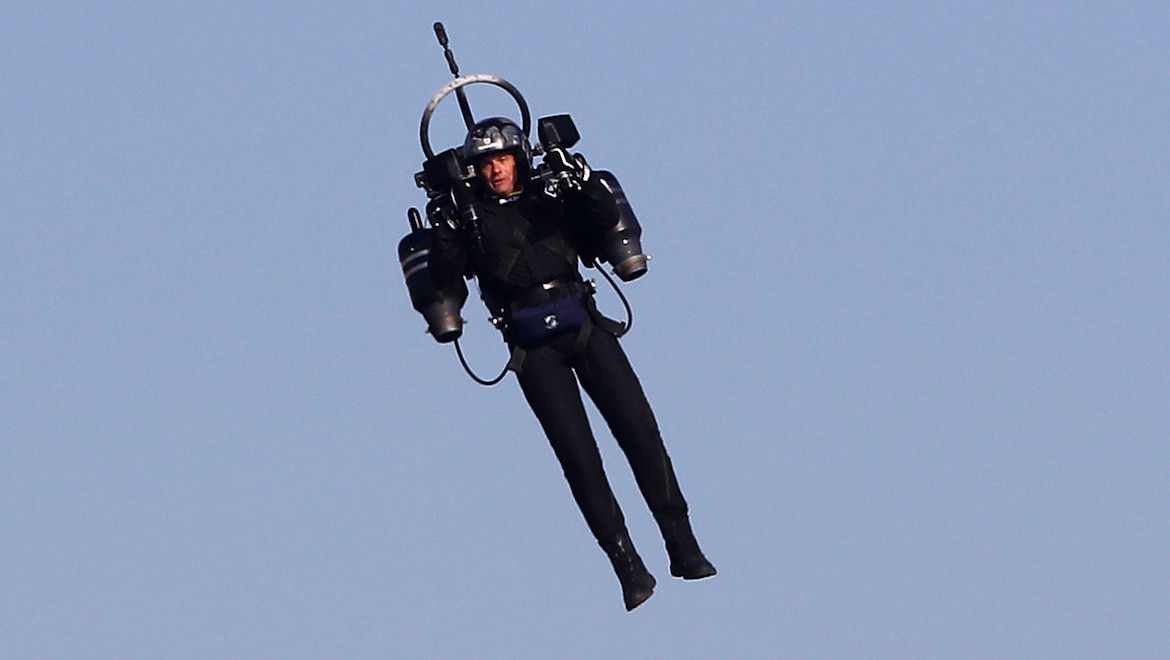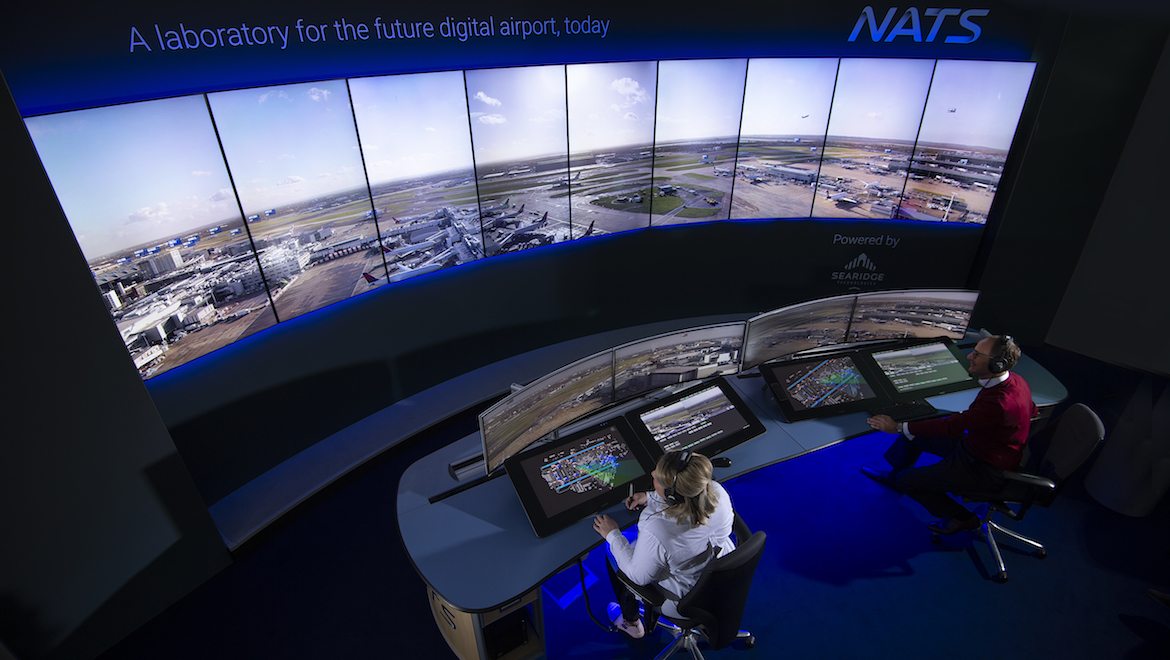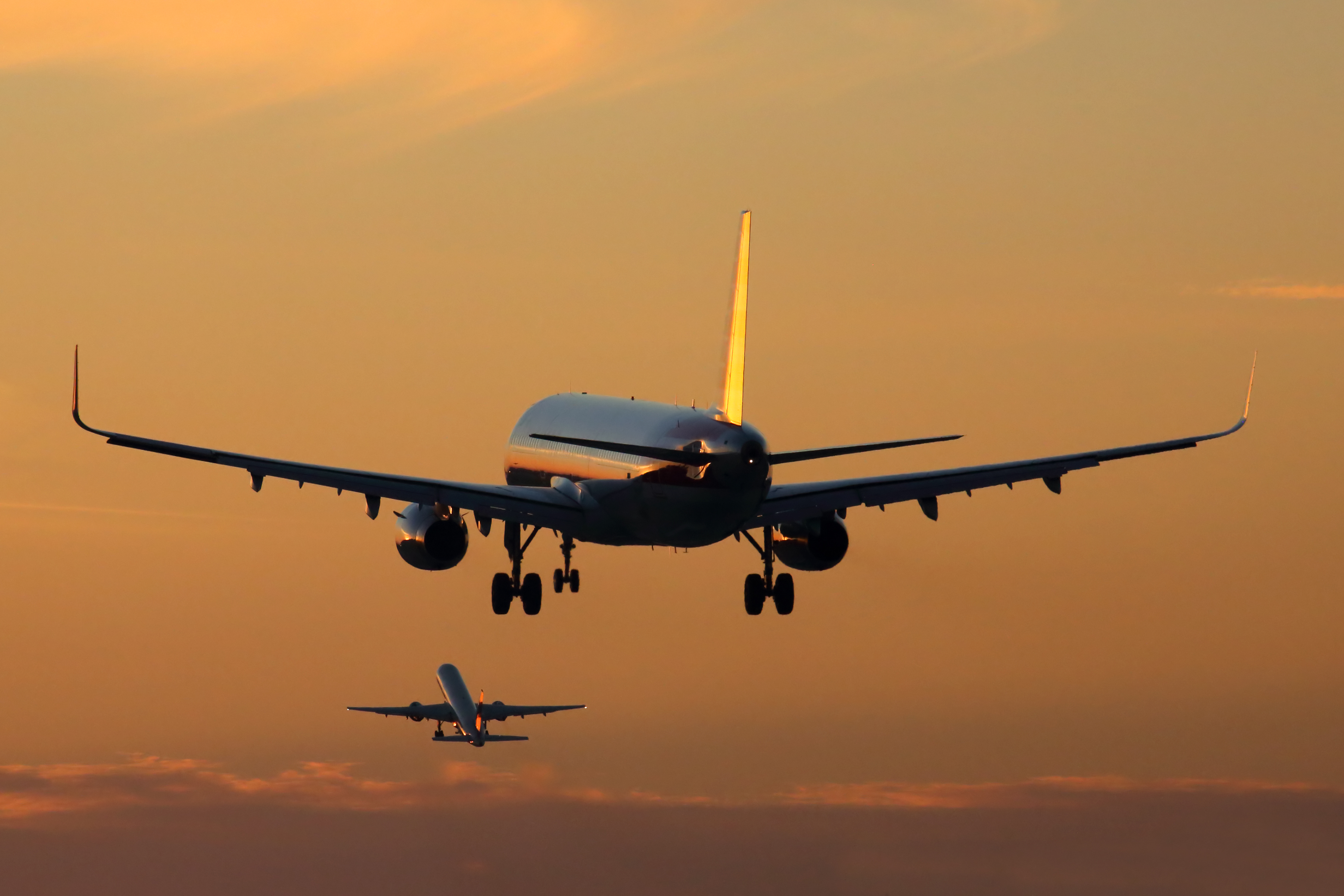
Thales’ bid to supply Australia’s new air traffic management system under the $600 million OneSKY program was selected on the basis of best value for money when technical risk was taken into account, Airservices Australia chief executive Jason Harfield says.
Last month the Australian National Audit Office warned that Australia could end up paying too much for the new combined civil and military air traffic management system (or CMATS), finding in a report into the OneSKY tender process that it “is not clearly evident that the successful tender offered the best value for money” and that “the tenderer that submitted the highest acquisition and support prices was assessed to offer the lowest cost solution”.
However, in an interview with Australian Aviation Harfield defended the robustness of the OneSKY tender evaluation process while conceding that contract negotiations had taken longer than anticipated.
“Value for money… is not just the price that you pay. You’ve actually got to have the thing work and operate, and there are much more greater considerations with value for money,” Harfield told Australian Aviation earlier this month.
The Airservices chief noted there were five different assessment criteria in the OneSKY tender: safety, technical risk, transition arrangements, long-term relationships and financial and commercial considerations
“With an air traffic control system, you can’t say that all of those are equal … in a ranking. You’ve got to put it all together and look at it,” Harfield said.
“So you could have somebody really strong technically but very weak on the transition between the two systems. Well, that transition is just as important as making sure that the system works.”
Another bidder could offer a comparatively more expensive tender but still offer better value for money, he said.
In that case, “there would be better value for money in a proposition with an acceptable level of risk than one that is not as strong on the safety piece, not very good with the transition, not [the best] long-term support, but it’s really cheap.”
Harfield also stressed that the decision to downselect Thales was unanimous across Airservices and the Department of Defence.
“All of the decisions at all of the levels all the way through the process were unanimous between Defence and Airservices executives. If there were really big issues in there, you would see that, you wouldn’t get that unanimity.”
The decision to select Thales for OneSKY was announced in February 2015, but the main acquisition contract for the project is still yet to be signed.
Negotiations to finalise that contract are still on-going but should be completed in the third quarter of this year, if not before the end of June 30, Harfield said.
“Our issues have all been around the commercial rather than the actual technicalities of it,” he said of contract negotiations.
“We originally thought that we would end up with more than one tender going into the last phase of negotiations, and have parallel negotiations. But as it turned out, there was only one tender that went into the negotiations.
“We were quite concerned with that at the time, because you’ve got somebody that has been technically superior, [but] having only one tender though, you end up losing commercial or competitive tension in the tender,” Harfield explained.
Instead, Harfield said, initial work to implement OneSKY was initiated under advanced work supply agreements.
“We can work through all of those issues while not committing to a big fixed price contract [prematurely], and then working out there’s a whole lot of issues and risks,” he said.
“In doing that, the negotiations have gone longer than what we have expected, and that’s really because we haven’t actually got to the commercially acceptable parameters that we’ve actually wanted to achieve.”
Thanks to those advance work agreements, initial transition work to the new system will still commence in 2018, starting with new voice switches. However, final delivery of the system is now likely to occur in 2023, rather than 2021 as originally planned.
“The plan is we begin transition activities next year. We were hoping, originally, that in defence terms, to have FOC [full operating capability] around 2021, 2022, but we’ve given ourselves a bit of room out the back to 2023, knowing that we’re possibly going to come across some more problems in the rollout.”












